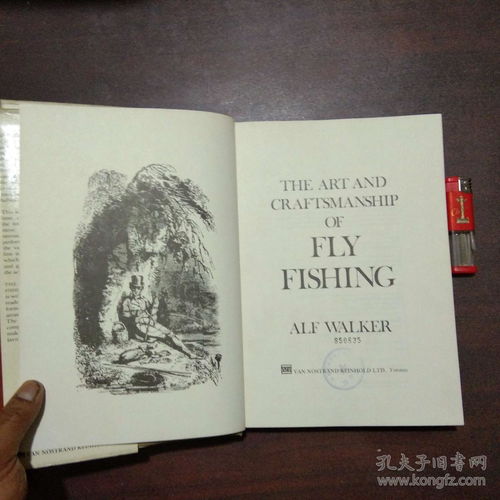The Art of Fishing: Unveiling the Secrets of Flash Card Techniques
Fishing, an ancient pastime that has been cherished by generations, is not just about patience and tranquility; it's also an art that requires skill and strategy. Among the myriad of techniques anglers employ, the use of flash cards stands out as a unique and effective method. In this article, we delve into the world of fishing with flash cards, offering expert tips and tricks to help you become a master angler.
Understanding Flash Cards in Fishing
Flash cards, in the context of fishing, are small, brightly colored lures that mimic the movement and appearance of baitfish. These cards are designed to attract fish by their vibrant colors and erratic movements, making them a favorite among anglers seeking to catch a variety of species. Whether you're targeting bass, trout, or even saltwater fish, mastering the art of using flash cards can significantly enhance your fishing experience.
Choosing the Right Flash Card
The first step in mastering flash card fishing is selecting the right card. Different fish species are attracted to different colors and patterns. Here are some general guidelines:
- Bass: Bright colors like chartreuse, white, and silver are often effective for bass.
- Trout: Natural colors like green, brown, and tan are more appealing to trout.
- Saltwater Fish: Bright and neon colors can be quite effective for saltwater species.
It's also important to consider the size and weight of the flash card. Larger cards can attract bigger fish, while lighter cards are more suitable for delicate presentations.
The Basics of Flash Card Casting
Once you've chosen your flash card, it's time to learn the basics of casting. Here are some key points to keep in mind:
- Load the Reel: Make sure your reel is properly loaded with line. The amount of line you use will depend on the distance you need to cast and the type of rod you're using.
- Hold the Rod: Grip the rod with a comfortable but firm handshake. Your thumb should be on the top of the handle, and your index and middle fingers should be wrapped around the lower part of the handle.
- Casting Motion: Begin with a slow, smooth backcast, followed by a quick, powerful forward cast. The key is to maintain a consistent and fluid motion.
- Timing: The timing of your cast is crucial. You want to release the card just as it reaches the peak of its forward motion. This ensures a natural presentation that is more likely to attract fish.
Advanced Flash Card Techniques

Once you've mastered the basics, it's time to delve into some advanced techniques:
- Twitching: After casting, give the card a slight twitch to mimic the movement of a struggling baitfish. This can trigger strikes from fish that are on the edge of biting.
- Jerk and Pause: Another effective technique is to jerk the card quickly and then pause for a moment. This sudden movement can trigger a strike, especially if the fish are actively feeding.
- Rolling: For certain species, rolling the card on the surface can be quite effective. This can be achieved by using a lighter card and making small, circular movements with the rod tip.
Safety and Etiquette
While mastering the art of flash card fishing, it's important to always prioritize safety and practice good angling etiquette:
- Respect the Environment: Always dispose of your trash properly and leave the area as you found it.
- Be Mindful of Other Anglers: When fishing in a crowded area, be considerate of other anglers and their casting zones.
- Handle Fish with Care: Always release fish gently and return them to the water as quickly as possible to minimize stress.
Conclusion
Fishing with flash cards is an exciting and rewarding way to enhance your angling skills. By understanding the basics, mastering advanced techniques, and practicing safety and etiquette, you'll be well on your way to becoming a fishing master. So, grab your rod, some flash cards, and head out to the water – the fish are waiting!












